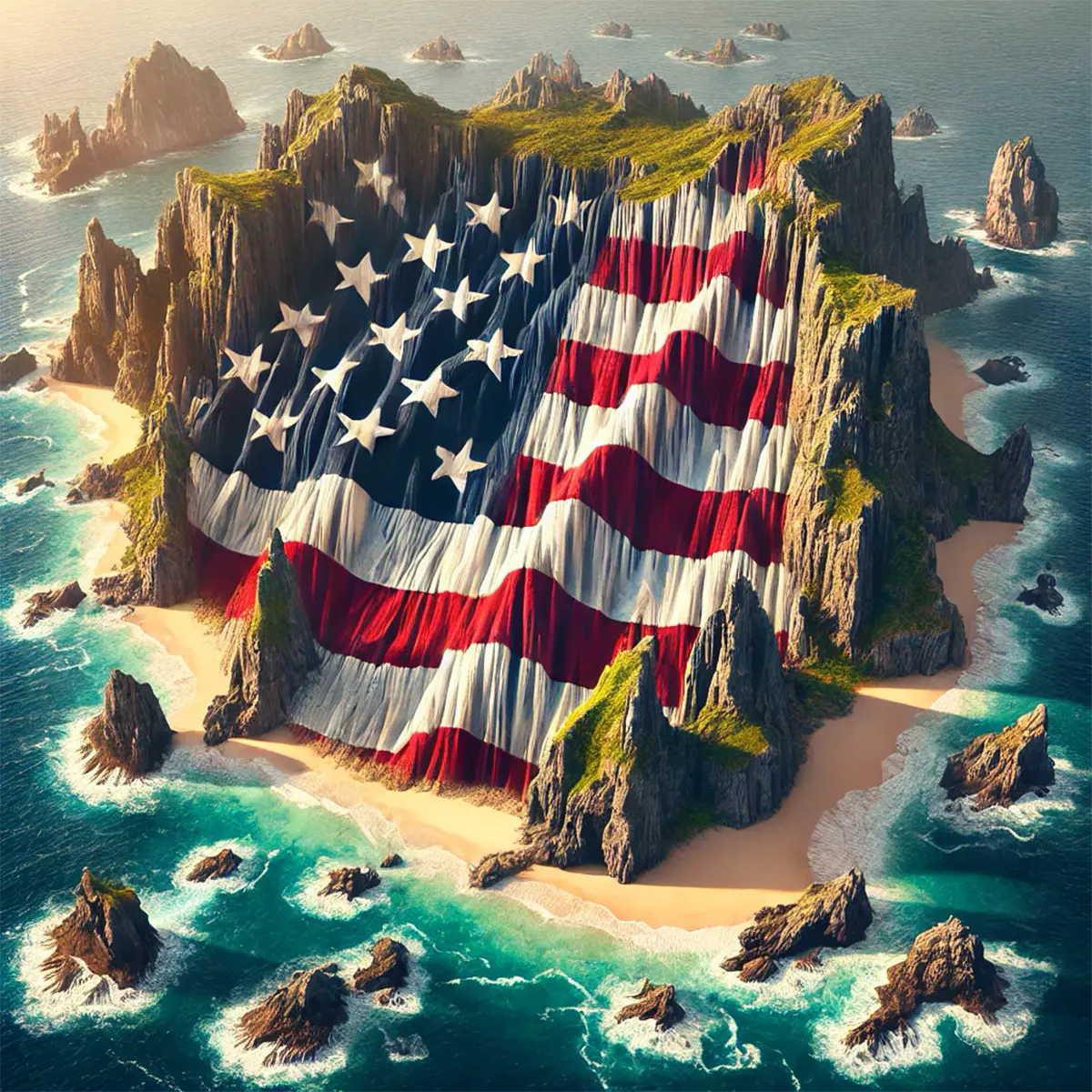In 1857, the United States annexed Navassa Island under the Guano Act, which allowed American citizens to occupy uninhabited islands rich in guano, which was used as a valuable fertilizer. After that, the island was administered by the United States, and, accordingly, the official US flag was used on it. However, Haiti also claims the island based on historical claims, but this dispute has not led to the creation of a separate flag for Navassa.
Today, Navassa Island is part of the US National Wildlife Refuge and is managed by the US Fish and Wildlife Service. In this regard, the island uses the official flag of the United States and the flag of this service, which represents the management and protection of natural resources. This situation emphasizes the peculiarities of the political and administrative management of the island, as well as its importance as a nature reserve.


